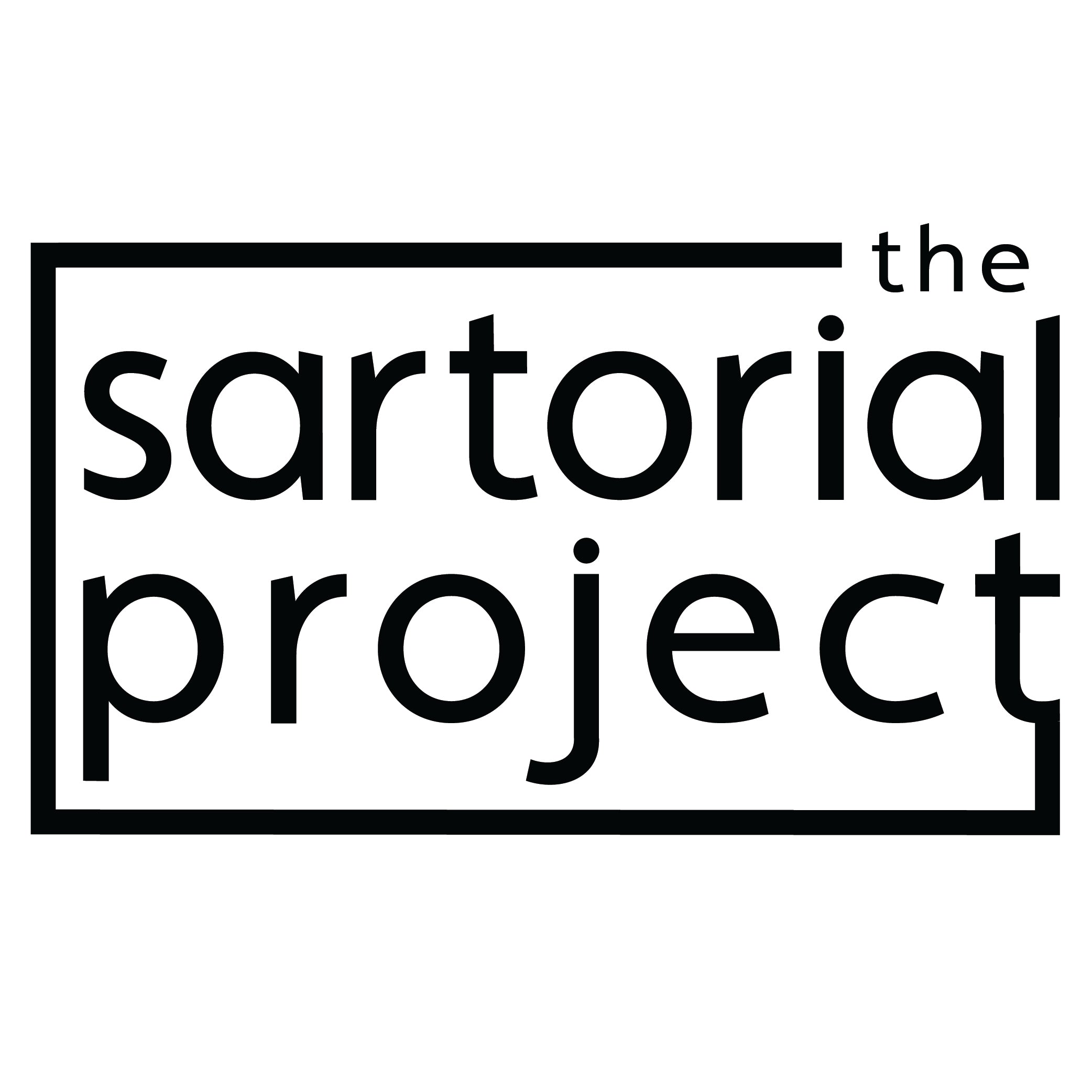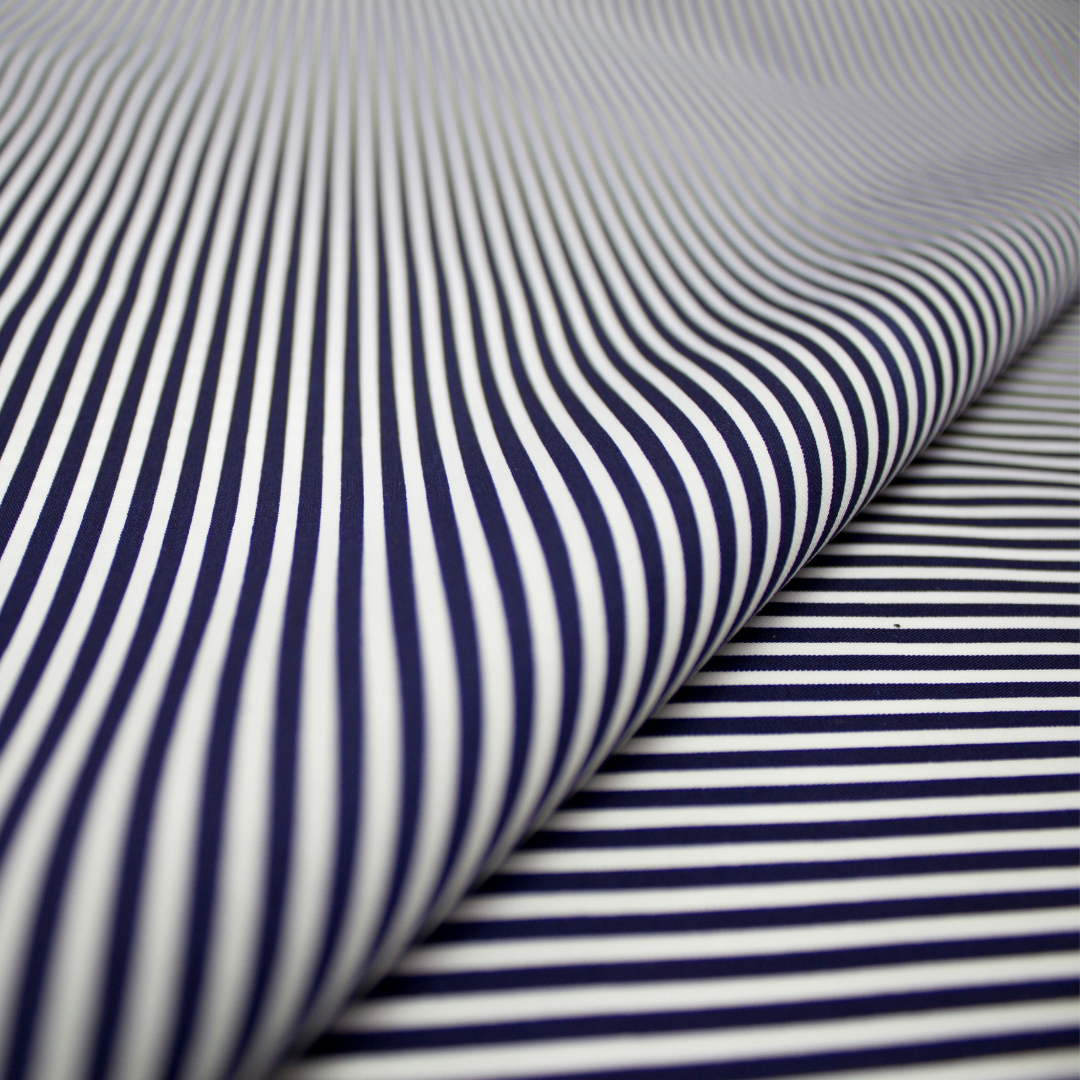Matching fabric patterns when sewing can transform your projects from simple to stunning, showcasing a level of skill and attention to detail that impresses. However, achieving perfect pattern alignment can be challenging, requiring patience and precision. Here are some comprehensive tips and tricks to help you.
1. Choose the Right Pattern: The first step is selecting a sewing pattern that complements your fabric's design. Large, intricate patterns might not be ideal for small garments or projects with many seams, as they can be difficult to align perfectly. For beginners, simpler patterns such as stripes or smaller motifs can be more manageable. Consider the scale and complexity of the pattern relative to your project size and style.
2. Buy Extra Fabric: When matching patterns, you'll need extra fabric to ensure you can align the designs correctly. Typically, an additional 10-20% of fabric is recommended. This extra yardage provides a buffer for aligning the patterns without worrying about running out of fabric, especially if adjustments are needed.
3. Understand the Pattern Repeat: Examine your fabric to understand the pattern repeat, which is the distance between the beginning of one motif and the next. Knowing this measurement is crucial for aligning the fabric correctly. Identify key motifs and their spacing, as these will be your guides for matching the patterns.
4. Cut Single Layers: Cutting fabric in single layers rather than folding it gives you greater control over pattern placement. Lay your fabric out on a large, flat surface and use pattern weights instead of pins to avoid shifting. Carefully position your pattern pieces, ensuring that the designs align across seams.
5. Align and Pin Carefully: When aligning your fabric pieces, use a generous number of pins to secure them. Place the pins close to the edges and along the patterns you want to match. Ensure that the designs align precisely before pinning. You can also use temporary fabric adhesive to keep the pieces in place. Drawing matching 'balance' lines on your pattern can also be helpful for matching accuracy.
6. Baste Before Sewing: Basting, or temporarily stitching fabric pieces together with large, easily removable stitches, can help ensure everything stays aligned before you sew the final seams. This step allows you to make adjustments if necessary without damaging the fabric.
7. Use Notches and Markings: Transfer pattern notches and markings to your fabric using tailor’s chalk or a fabric pen. These guides are crucial for aligning pieces accurately during sewing.
8. Sew Slowly and Check Frequently: When it’s time to sew, do this slowly and carefully. Frequently check that the patterns remain aligned, especially at crucial points like seams and intersections.
9. Practice Patience: Pattern matching requires patience. Take your time with each step to ensure precision. Rushing through the process can lead to mistakes and misalignment, which can be difficult to fix later.
10. Where is it the most important to match? Aim for your Centre Front and Centre Backs first. Next work on your armhole and sleeves. You may not be able to match every seam perfectly, depending on the cut of your pattern, but these visual points are the most important.
11. When to mis-match patterns? Sometimes you might have a patterned fabric that is tricky and challenging. You can always go against the 'pattern match' rule by mis-matching. This can be achieved through cutting pattern pieces on alternative grain lines such as bias, cross and length grain. The trick is when you do this, always make sure it looks deliberately mis-matched! Good examples can be viewed by searching Comme des Garcon.
Helpful Resources
For more detailed guidance and visual tutorials, visit these websites:
Matching fabric patterns can seem daunting at first, but with practice and attention to detail, you can achieve beautifully aligned designs that enhance the aesthetic and professionalism of your sewing projects.
Cover Photo by Ekaterina Grosheva

